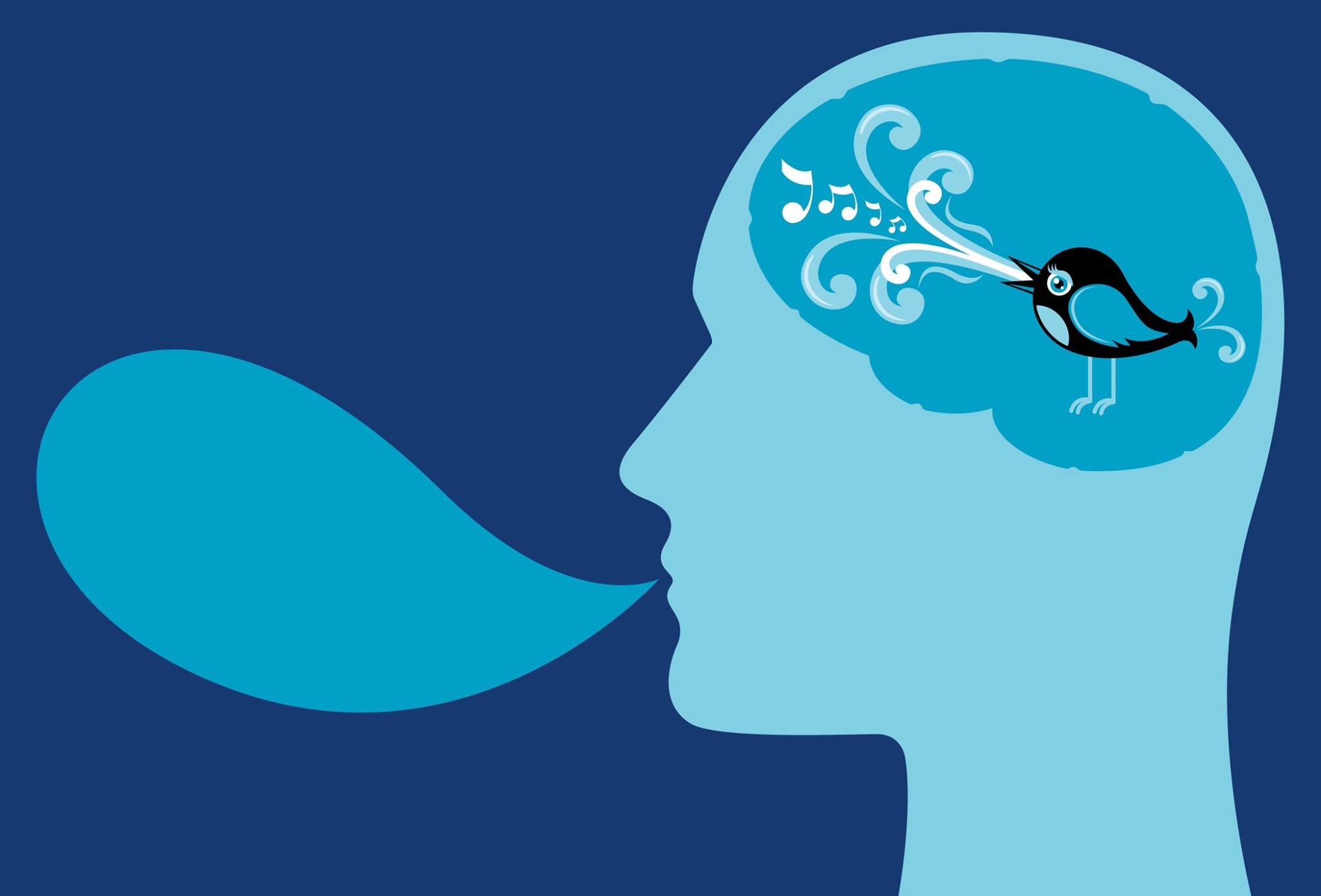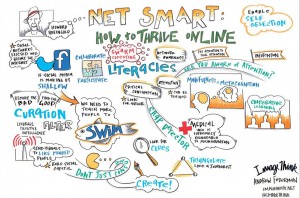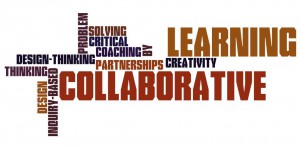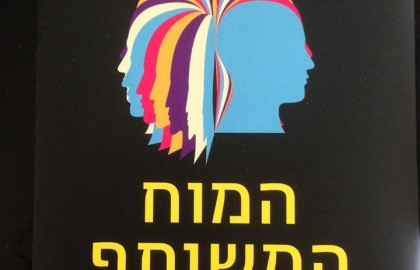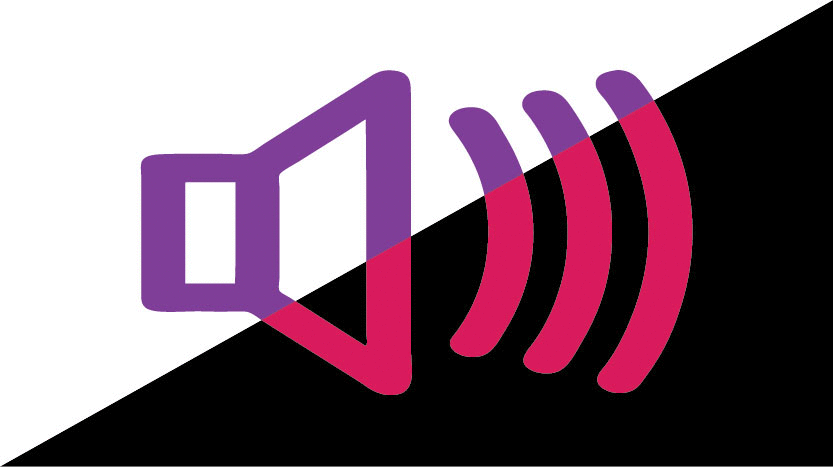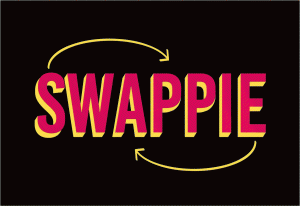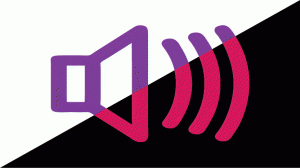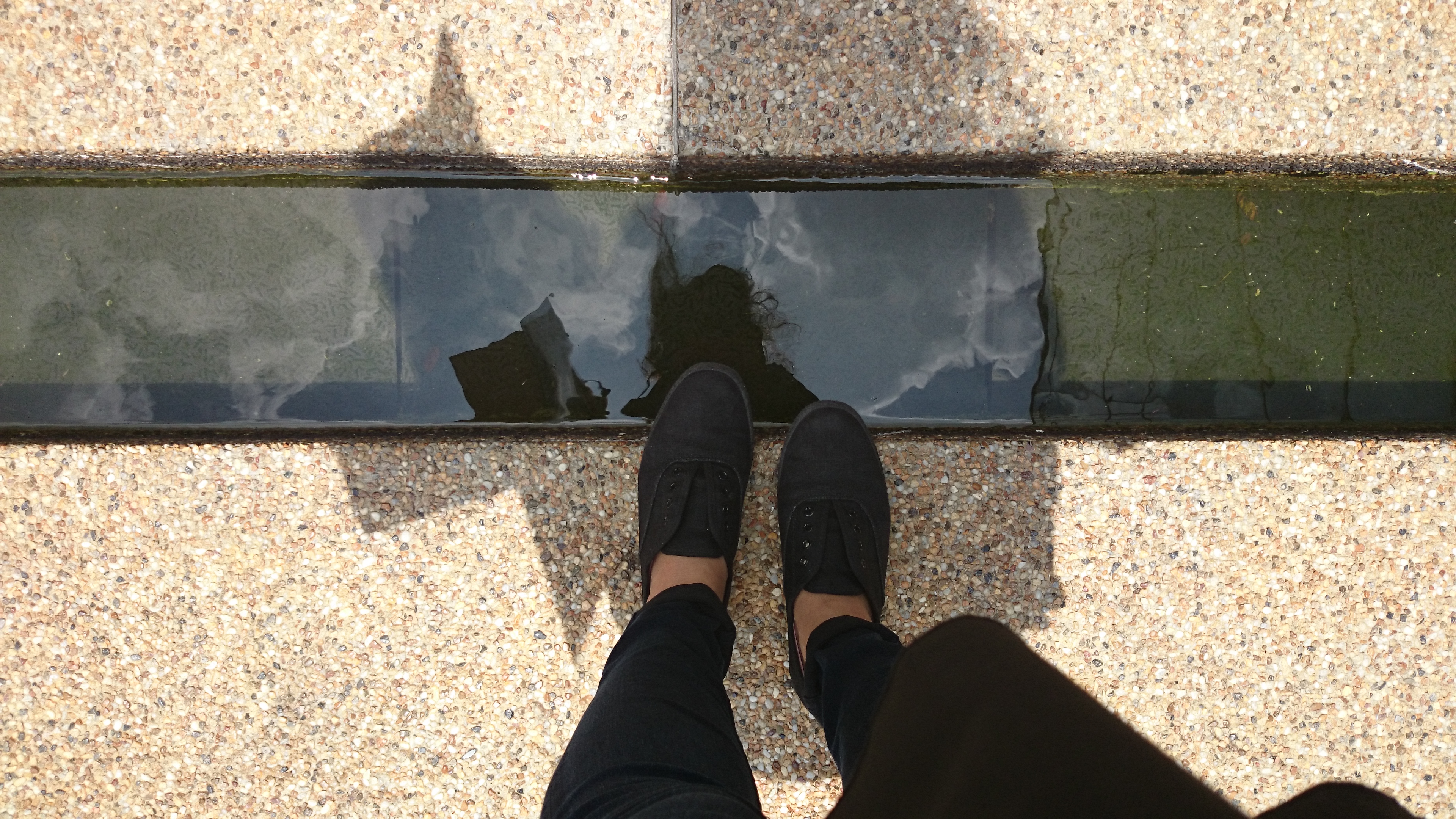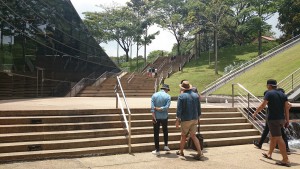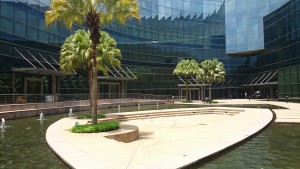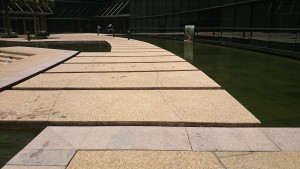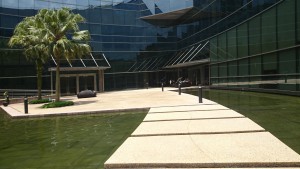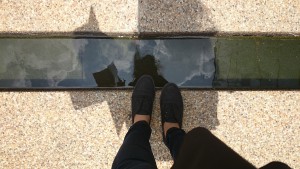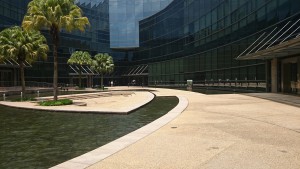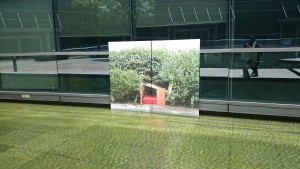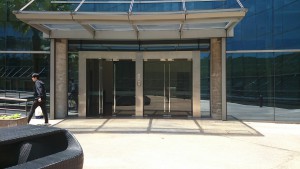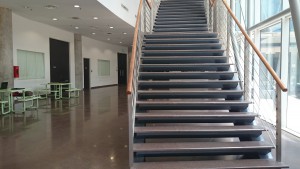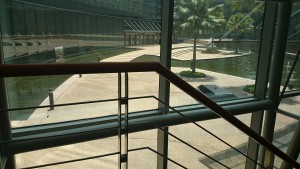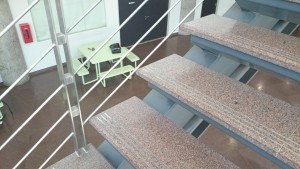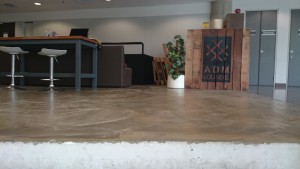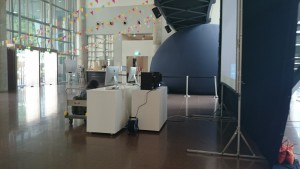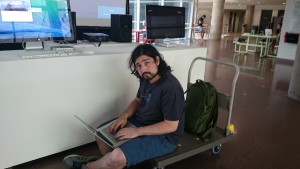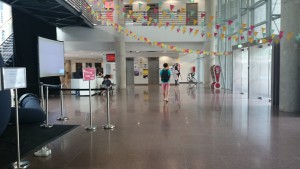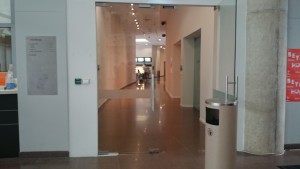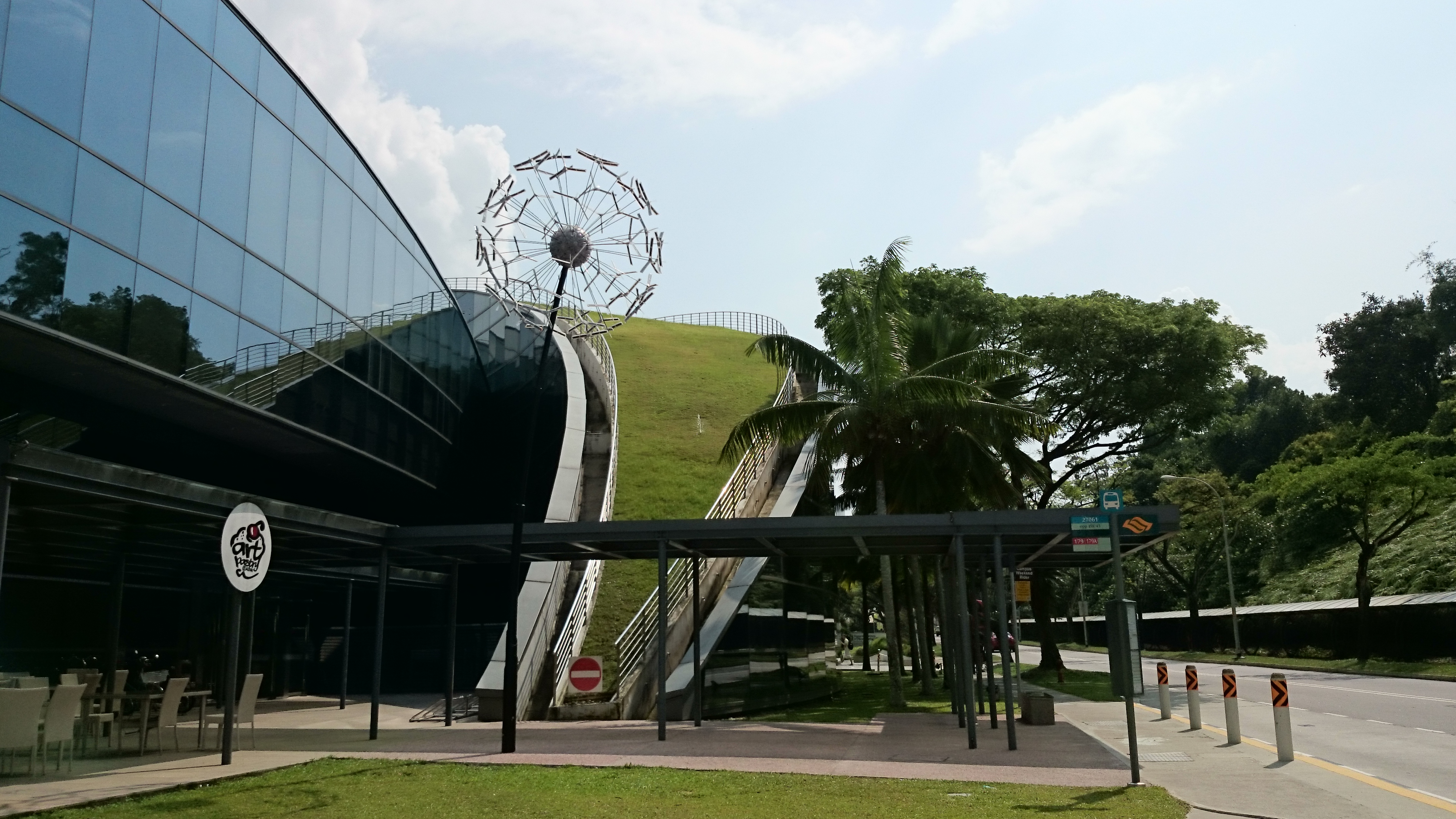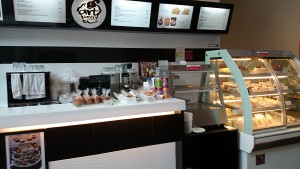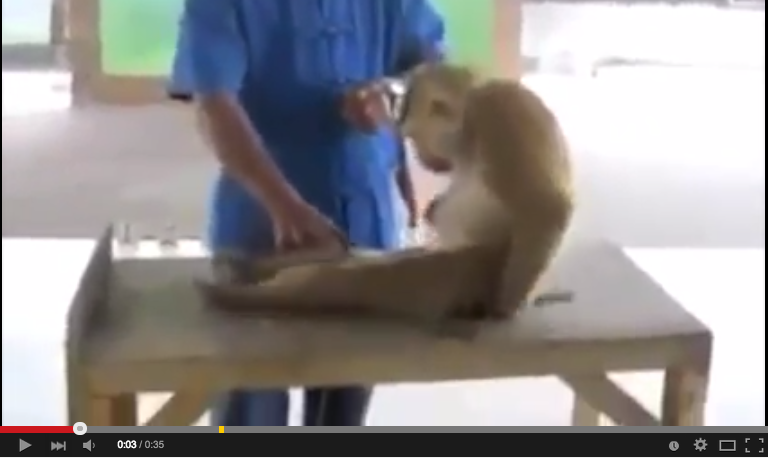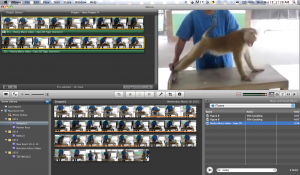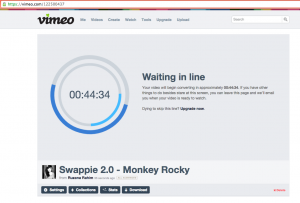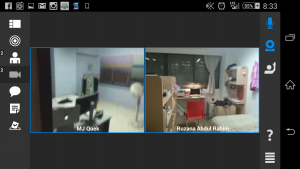Technology isn’t inherently good, and it isn’t inherently bad — but, then again, technology isn’t exactly neutral, either. To get the most benefit out of the Web’s vast offerings, we need to more closely examine how we are spending time online.
—The Washington Post
The future of digital culture—yours, mine, and ours—depends on how well we learn to use the media that have infiltrated, amplified, distracted, enriched, and complicated our lives. Spurred by evolving technology and changing social mores, the third space and digital realm have altered how we communicate, what we communicate about, and even the nature of our interpersonal relationships. Within the past few years, there has been much commentary about the psychological and social aspects of these trends.
Howard Rheingold who is a teacher, thinker, futurist and author of Net Smart presents us with “essential survival skills” that would be helpful to us in this digital age. Moving past creating online identities and communities, Net Smart educates us on how to operate in day-to-day life and have a better understanding and make deeper use of social media.
Rheingold, who has been writing about the digital revolution for a quarter of a century, praises and critiques the tools and diversions in third space. The veteran technology commentator argues that a better understanding of how we connect our attention and intentions online can help both individuals and society at large. His aim to make readers more aware of both the benefits and the potential drawbacks of digital life.
In Net Smart, Rheingold shows us how to use social media intelligently, humanely and most importantly, mindfully. Mindful use of digital media means constantly thinking about what we are doing online; cultivating an ongoing inner inquiry into how we want to spend our time. After all, the Web has transformed people into information producers, and not only mere consumers. Blogs, social media, thematic webs, forums and many other sites are allowing every single human being with an Internet connection to communicate anything to the rest of the world, making it accessible to almost 2.5 billion users.
He argues that learning to engage actively and effectively online is a matter of conscious decision, mindset and practice. If we combine our efforts wisely, it could produce a more thoughtful society: countless small acts like publishing a Web page or sharing a link could add up to a public good that enriches everybody. Done mindfully, digital participation helps build a more democratic and diverse culture – a participatory one.
Randall Packer had commented on my previous hyperessay on Turkle’s Alone Together:
“ I think the problem is that for the digital natives, in many ways it is becoming a replacement, and unfortunately, this generation doesn’t necessarily know how to think about this predicament. The important thing is to bring our relationship with technology into a critical space (such as what you are doing), so we can examine and expose what is beneficial and what is harmful.”I think Randall’s comment serves as a smooth transition into Rheingold’s book.
Nagging worries about whether the latest bit of cutting-edge technology will have the unforeseen side effect of dulling our minds have been around ever since the dawn of recorded history. Long before Wikipedia or Google, Plato wrote of a king who feared that the invention of letters and reading would give its users the ability to cite facts that they had not properly earned or mastered. Such an invention will lead to forgetfulness among users, the ancient king predicted, and provide them with a false sense of wisdom.
—The Washington Post
In my opinion, whether technology helps or hurts in the thinking and development of digital natives depends on what specific technology is used and how and at what frequency it is used. However, I completely agree that students and people who have access to a huge amount of information but just can’t process, evaluate and effectively benefit from it. There is also little doubt that all of the new technologies, led by the Internet, are shaping the way we think in ways that are obvious and subtle, deliberate and unintentional, and advantageous and detrimental. Research shows that screen media improves visual-spatial capabilities, increase attentional ability, reaction times, and the capacity to identify details among the clutter.
The aforelinked research by the Department of Brain and Cognitive Sciences in University of Rochester proves that ubiquitous use of Internet search engines is causing digital natives to become less adept at remembering things and more skilled at remembering where to find things. Also, given the ease with which information can be found these days, it only stands to reason that knowing where to look is becoming more important for us than actually knowing something. Therefore, not having to retain information in our brain may allow it to engage in more “higher-order” processing such as contemplation, critical thinking, and problem-solving.
“If like many others, you are concerned social media is making people and cultures shallow, I propose we teach more people how to swim and together explore the deeper end of the pool,” Rheingold said.
In Rheingold’s judgement, Internet surfers should learn to divide their attention optimally; so as not to get lost in the Web’s nooks and crannies. Rheingold advises readers on ways to collaborate with others online and on how to critically consume the information picked up while surfing. He also reminds the reader of the importance of breathing regularly as they dive through their e-mail inbox. Knowing how to utilise online tools without being overloaded with too much irrelevant information is the essential ingredient to personal success in the 21st century.
Net Smart makes a strong case for what Rheingold sees as a set of core skills and competencies which we all need to acquire if we are going to make effective use of the communities and resources we encounter in our everyday lives online. He certainly recognizes the risks and failures associated with the digital era, but he also refuses to let them get in the way of what he sees as the more productive and meaningful ways of engaging with digital culture.
Net Smart offers up a set of 5 literacies Rheingold sees as important: attention, participation, collaboration, “crap detection,” and network smarts. As we’ve become more sophisticated in the ways we use the web, we need to adjust how we use it, being able to tell fact from rumor and able to call on the skills and resources of a community to help answer our questions. Rheingold reminds us of the value of becoming a content curator in the age of the Web.
Curation is a form of digital participation that can refine your captured information into contextualized knowledge, enhance your reputation as well as serve the needs of others.
—Howard Rheingold
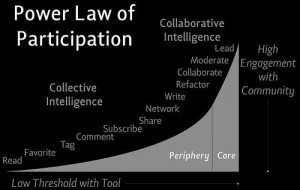 Power Law of Participation by Ross Mayfield
Power Law of Participation by Ross Mayfield
“Judgement, taste, depth, and breadth of knowledge can be an asset, a public good, and a commodity. People can gain attention, admiration, collaboration partners, professional reputations, and business relationships by becoming known curators.”
—Howard Rheingold
Follwing this, Rheingold has also organised the Peeragogy Project, a network of volunteers who are assembling a handbook for co-learners. Rheingold believes that the underlying methodology is enabled by the technology, but the methodology is what is important — giving students a means to continue discursive inquiry beyond the classroom, to tap into worldwide networks of knowledge and expertise, to talk among themselves instead of speaking when called upon by the professor. Making it easier for students to learn together and to take advantage of the infosphere beyond their classroom and their library is what makes for a peeragogy of co-learning. Peeragogy also comes from Rheingold (via his Social Media Classroom) and he explains it here:
When I participated in the Change: Education, Learning, and Technology MOOC, I grew even more interested in the intersection of digital media/networks with self-directed learners and collaborative learning methods. I knew that I wasn’t the first person to explore this space, and I was fortunate that Charley Danoff was in my second cohort of online co-learners. Danoff, it turned out, had written a paper on “Paragogy” with Joe Corneli. I’ve started calling it peeragogy because many people get the point as soon as I use the word.

